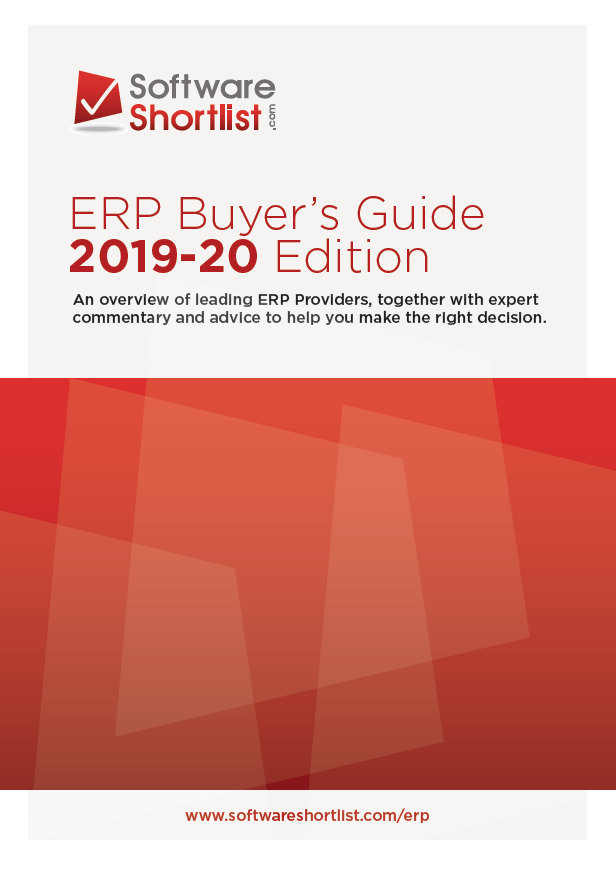Most ERP solutions now come with their own Human Resources module within the application. This module allows the Human Resources Department employees to maintain information on employees. It also allows managers to manage information on their employees as well as allows employees to keep some of their own information up-to-date.
So what kind of information is contained in the Human Resources module of an ERP system? Listed below are the types of information that reside in that module and what can be done to such information in the ERP solution?
- Demographic information such as the employee’s full name and address, birth date, age, gender, and ethnicity. This information is critical to some government mandated reports that makes sure the employer is not discriminating on the people they hire and terminate.
- Emergency contact information is also part of the Human Resources module. This information is critical to keep current so that if an emergency occurs the proper people are notified.
- Dependent information such as their name, relationship to the employee as well as their age and current address is maintained in this module as well. It is very important to keep this information up-to-date as it affects benefits coverage as well. Most employers allow employees to update this information using the Employee Self-Service module.
- Employment information such as the employee’s current position, department and supervisor. This information is also stored as historical information so you can see the different positions or supervisors the employee has had while working for your company. This information is also helpful in calculating the employer’s turnover rate which is a critical report for managers to see in case there is a consistent turnover in a specific department or team.
- Salary and pay grade are also part of the Human Resources module of an ERP system. This information is also available as historical information where you can see the progression the employee has taken in salary while at the company. This information is also used to compare employees to find out who are your high performers and if there are employees that may need additional training.
- Training classes are sometimes part of the Human Resources module allowing employees to take classes to further develop their skills and also allows them to learn new skills. Employees that are given the capability to learn new skills are more valuable to their employer.
- Payroll information is also tied into the Human Resources module as the Human Resources module feeds payroll their current hourly or annual salary of the employee so that employees can be paid correctly.
- One of the biggest areas and a very important area of the Human Resources module is the benefits administration area. The benefits information is used to track the benefits that an employee has elected for the current year and did have previously. This information is often fed to third party vendors such as insurance carriers and benefit providers. This area is critical to its accuracy level as so many people depend on this information to be up-to-date. For example: when an employee leaves the company the benefit specialists are required by US law to provide the terminated employee with a COBRA letter which allows the employee to elect to stay on their current benefits program for a specific period of time.
- Recruiting technology is also a capability of the Human Resources module. This technology allows the recruiting team to look for and manage the top candidates for open positions in the company. With the state of the economy today when an employer posts an open position they are often inundated with applications from people that have diverse backgrounds and often times not qualified for the position they are recruiting for. The recruiting technology helps the recruiters manage the many applicants to find the best qualified candidates and to arrange and manage interviews for the candidate to get feedback from those employees who do participate in the interviewing process.
The Human Resources module is a critical business intelligence area of the ERP solution and one that every company can use to add value to the information that they track and report on for top managers of the company. In many companies the information contained in the Human Resources module is also used to feed information to other areas of the company, again making the accuracy of the information critical. For example: the Information Technology Department receives termination notices when an employee leaves the company, allowing them to terminate all systems access that needs to occur immediately to keep disgruntled employees from wreaking havoc on key business systems or from sending out emails to the entire company, which most companies prefer not to happen.
If you find yourself involved in the Human Resources area of a company you will find the use of the ERP solution to be a value added tool that you can use to help you manage the wealth of information that the Human Resources module offers you to manage and report upon, as well as provide to third parties whether they are other departments in the company or benefit providers who need the information. Make it a key metric to always keep the employee information updated to the best of your ability, while providing the employees to help you keep the information updated using Employee Self-Service. You will find that the time spent maintaining accurate employee information is both fun and rewarding when you are asked to provide information to the leaders of your company.



